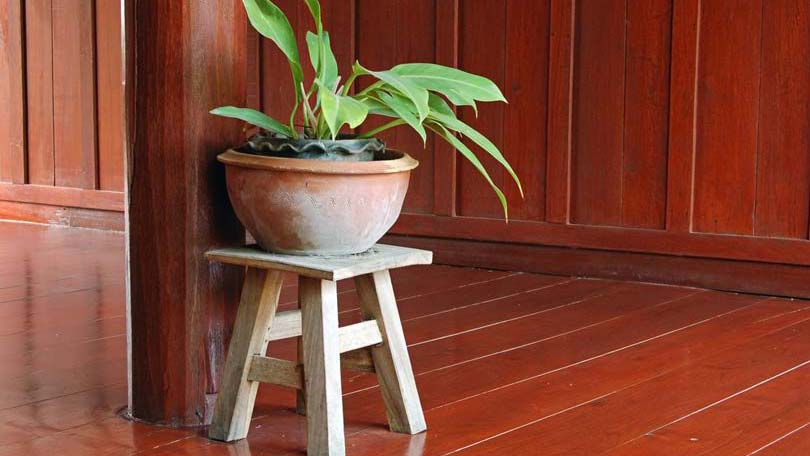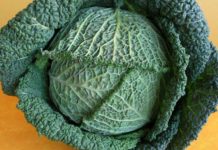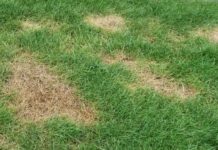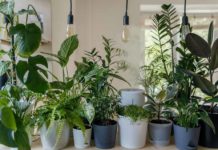
If you want to know the secret to happy, healthy houseplants, look no further than your watering can. Too little hydration will cripple developing vegetation. Too much water can drown plants and promote the growth of mold and disease. Potting medium, humidity and temperature also affect plant hydration and must also be considered.
How Often Should you Water Your Plants
Water plants no more and no less than they need it. Too much TLC can kill plants quicker than utter neglect. Various houseplants under one roof will have equally varied watering requirements.
This diversity is determined by many factors, so there’s no way to generalize an answer to: “How often should I water my plants?” Wilting leaves are a tell-tale sign of dehydration. These and other physical changes are cause for quick reaction. Water immediately or your plants will suffer damage or death.
Conversely, black, mushy spots or mold are signs of over-watering. Plants should be given whatever they can soak up in a single watering. They will not do well with their feet constantly wet. Pour off extra water, and consider if it is you or the soil that’s causing the excess.
Potting Medium Types
Plants should never dry out completely, but constant saturation is not good for them either. Sometimes this balance measures the quality of potting medium rather than the owner’s green thumb. Whatever your plants are in should be determined by their type and your climate. Ultimately, make sure the soil is appropriate to the plant species.
Orchids require fine or course mulch-like bark. African violets and cactuses need different potting medium as well. Even hydroponics gel, another type of non-soil potting medium, can be used. Regardless, horticulturists say all mature plants benefit from only the top two inches of potting medium becoming dehydrated. Potting soil, in general, should act like a holding sponge. In fact, plants can be grown in sponges (although I don’t recommend it.)
A good multi-purpose potting mix will have a mixture of dirt and organic matter. Some soils sold at stores contain no dirt at all! It should be very dark in color and have no foul smell. It should also pass the hand-squeeze test. Squeeze a handful of the dirt you intend to use. It should retain most of its shape momentarily but crumble if poked. Too much of any one component, like sand, clay, or peat, will deprive your plants of the proper amount of water, nutrients or aeration.
Heat and Humidity
Humidity requirements vary between species and are directly affected by the medium houseplants are potted in. Tropical houseplants like high humidity. Their soil should retain more water but must mimic the spongy rainforest floor. A spray bottle can help by allowing you to hydrate the foliage of your tropical plant. You can also set the entire potted plant in a container that has a layer of rocks and water at the bottom of it. The actual plant will not be touching the pooled water, but it will benefit as the water evaporates.
Many common varieties do well in low humidity. The latter are ordinarily seen in supermarkets because they don’t need misting or special treatment. You can basically place them in a room that has a window, water them when the topsoil is dry, and forget about them. These are the plants that utilize multi-purpose potting soil. To maintain proper aeration and drainage, this type of soil should be changed annually.
No matter what the humidity requirements are, trouble comes when temperatures drop below what is tolerated by the plants. Make sure your thermostat is set no lower than 65 degrees to support plant growth. This doesn’t mean you should keep your house a constant temperature either. On the contrary, when your thermometer sees some action, plants are tricked into thinking they’re back in the wild. Many species will not bloom without a fluctuation in temperature.
Leaf Shapes and Density
A larger surface area promotes rapid transpiration, while lower density means less material in which water can be stored. Think about dehydrating fruits and vegetables in the fall. Thicker chunks take longer to dry. This is the same with your houseplants, so be especially attentive to the hydration needs of thin, elongated foliage.
If you think your plants are drying too quickly, still water them as frequently as they need it. Thicker potting soil might help retain water more. Also consider the placement of the plant in your house. A plant with thin, long leaves might dry out quickly if placed near a fan or in direct window sunlight.
Plants bogged down with too much water should be watered less frequently and, perhaps, rearranged. Thicker, shorter leaves tend to do well in direct light and won’t be adversely affected by air being blown on them. If you find the right location for each plant, you might just come close to establishing that all-too-elusive watering schedule.
Vacation Watering
There are a multitude of systems on the market that offer to water your houseplants while you’re away for an extended period of time. If you can’t entrust your babies to a well-respected neighbor, a houseplant watering system might be the answer. You can simulate them by filling a plastic container with water, replacing its lid, and running wicking material down from the container and into the soil.
Another way of hydrating your plants while you’re on the road is to line cake pans or deep cookie sheets with quilters batting. Pour water until it pools around the batting. Set the potted plant (without its drain plate) on the batting in the pan. Experiment with these techniques before you leave to make sure they are appropriate for your plants and situation.
Hydration crystals can be sprinkled on plants before you water them. The crystals soak up water and expand. As the plant dries, water in the crystals releases. Potting mediums — other than regular soil – tend to do well with the crystals. Expect to change your potting soil when you return as the crystals can promote mold growth and prevent soil from draining properly.
Be attentive to the watering needs of each plant. Just as you don’t let your gas tank dry up before adding to it, don’t let your plants dry out all the way before watering them. On that same note, it doesn’t make sense to keep adding more gas to a tank that’s already topped off. If a plant is standing in water or hydrated clear to the top layer of soil, it doesn’t need any more liquid.





